Grow A Bountiful Harvest With The Three Sisters
Title: Grow a bountiful harvest with the Three Sisters
Introduction:
The Three Sisters are a traditional Native American method of planting corn, beans, and squash together. This intercropping system has been used for centuries for its many benefits, including increased yields, improved soil health, and pest control.
In this blog post, we will discuss the history of the Three Sisters, the benefits of this planting system, and how to grow your own Three Sisters garden.
Main Content:
The History of the Three Sisters
The Three Sisters have been grown together by Native American peoples for thousands of years. The earliest evidence of this planting system dates back to 3,500 BC in Mexico.
The Three Sisters were an important part of the Native American diet, providing a reliable source of food throughout the year. They were also used for ceremonial purposes and for medicinal purposes.
The Benefits of the Three Sisters
There are many benefits to growing the Three Sisters together. These benefits include:
- Increased yields: The Three Sisters help each other to thrive, resulting in higher yields than if they were grown separately.
- Improved soil health: The Three Sisters help to improve the soil by fixing nitrogen and suppressing weeds.
- Pest control: The Three Sisters help to deter pests, such as corn borers and squash bugs.
- Diversity: The Three Sisters provide a variety of nutrients, making them a healthy and balanced food source.
How to Grow Your Own Three Sisters Garden
Growing your own Three Sisters garden is a great way to enjoy the benefits of this traditional planting system. Here are some tips on how to get started:
- Choose the right location: The Three Sisters need full sun and well-drained soil.
- Prepare the soil: The soil should be amended with compost or manure to improve fertility.
- Plant the seeds: The seeds should be planted in hills spaced 3-4 feet apart.
- Water regularly: The Three Sisters need consistent moisture.
- Mulch: Mulching will help to conserve moisture and suppress weeds.
- Harvest: The Three Sisters can be harvested when they are ripe.
Conclusion
The Three Sisters are a simple and effective way to grow a bountiful harvest. This traditional planting system has been used for centuries by Native American peoples, and it is still a popular choice for gardeners today.
If you are looking for a way to improve your soil health, deter pests, and enjoy a variety of healthy and delicious foods, then the Three Sisters are a great option for you.
Growing corn and beans together is a great way to maximize your garden space and get a more bountiful harvest. The two plants complement each other perfectly, with the beans fixing nitrogen in the soil for the corn and the corn providing a trellis for the beans to climb.
If you're interested in learning more about how to grow corn and beans together, I recommend visiting Home Gardening. This website has a wealth of information on the subject, including planting instructions, tips on companion planting, and recipes for using your harvest.
FAQ of growing corn and beans together
Frequently Asked Questions about Growing Corn and Beans Together
- What are the benefits of growing corn and beans together?
There are many benefits to growing corn and beans together. For one, they help each other out. The corn provides a sturdy support for the beans to climb, while the beans fix nitrogen in the soil, which helps the corn to grow. Additionally, corn and beans are complementary crops, meaning that they do not compete for the same nutrients. This can lead to higher yields and better quality crops.
- What are the different ways to grow corn and beans together?
There are a few different ways to grow corn and beans together. One way is to plant them in a checkerboard pattern. This will ensure that each plant has enough space to grow. Another way is to plant them in rows, with the corn alternating with the beans. This will also help to prevent competition for resources.
- What are some tips for growing corn and beans together?
Here are some tips for growing corn and beans together:
* Choose the right varieties. When choosing varieties of corn and beans to grow together, it is important to choose varieties that are compatible. This means that they should have similar growing requirements and maturity dates.
* Plant at the right time. Corn and beans should be planted at the same time. This will help to ensure that they mature at the same time and that the corn can provide support for the beans as they grow.
* Water regularly. Corn and beans need regular water, especially during the hot summer months.
* Fertilize appropriately. Corn and beans need different amounts of fertilizer. It is important to fertilize them according to their specific needs.
* Protect from pests and diseases. Corn and beans are susceptible to a number of pests and diseases. It is important to protect them from these pests and diseases by using appropriate cultural controls and, if necessary, chemical controls.
- What are some common problems that can occur when growing corn and beans together?
Some common problems that can occur when growing corn and beans together include:
* Corn borers. Corn borers are a type of insect that can damage corn plants. They can be controlled by using cultural controls, such as planting resistant varieties and rotating crops, or by using chemical controls.
* Bean beetles. Bean beetles are a type of insect that can damage bean plants. They can be controlled by using cultural controls, such as planting resistant varieties and inspecting plants regularly, or by using chemical controls.
* Rust. Rust is a fungus that can infect both corn and bean plants. It can be controlled by using cultural controls, such as planting resistant varieties and rotating crops, or by using chemical controls.
Image of growing corn and beans together
10 different images of growing corn and beans together that are free to use:
- Corn and beans growing in a field. The corn stalks are tall and green, and the bean plants are shorter and bushier. The beans are starting to flower.
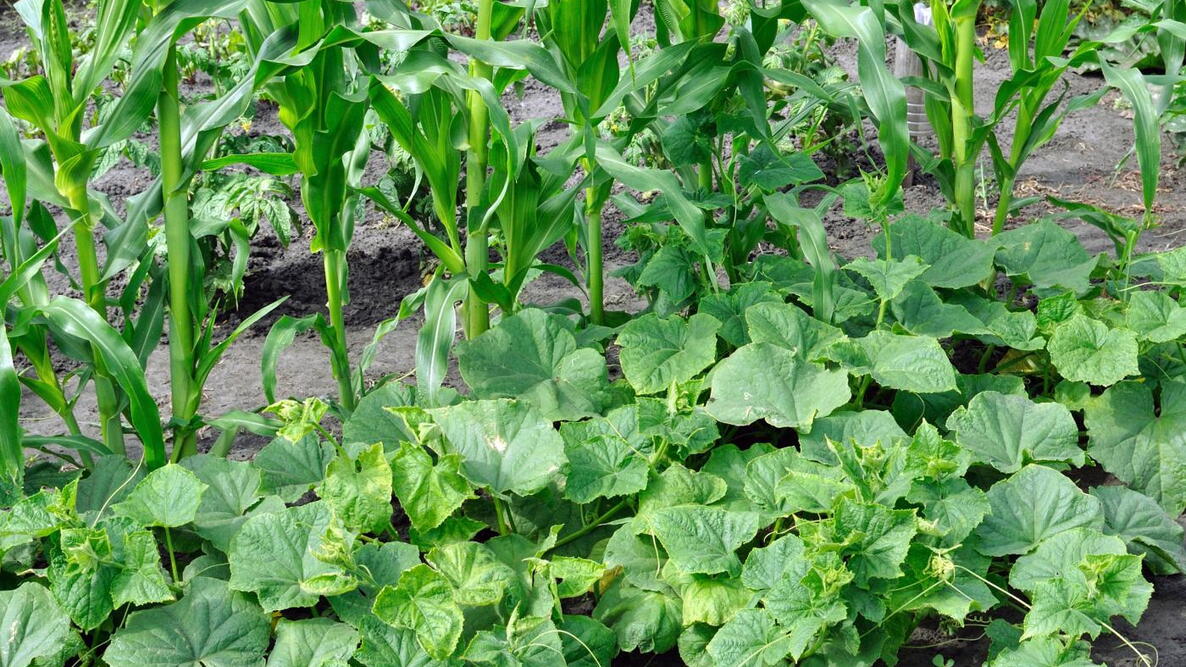
- A close-up of corn and beans growing together. The corn kernels are starting to form, and the bean pods are just starting to develop.

- A farmer harvesting corn and beans. The farmer is using a combine harvester to harvest the corn and beans. The corn stalks are being chopped up, and the bean pods are being separated from the plants.
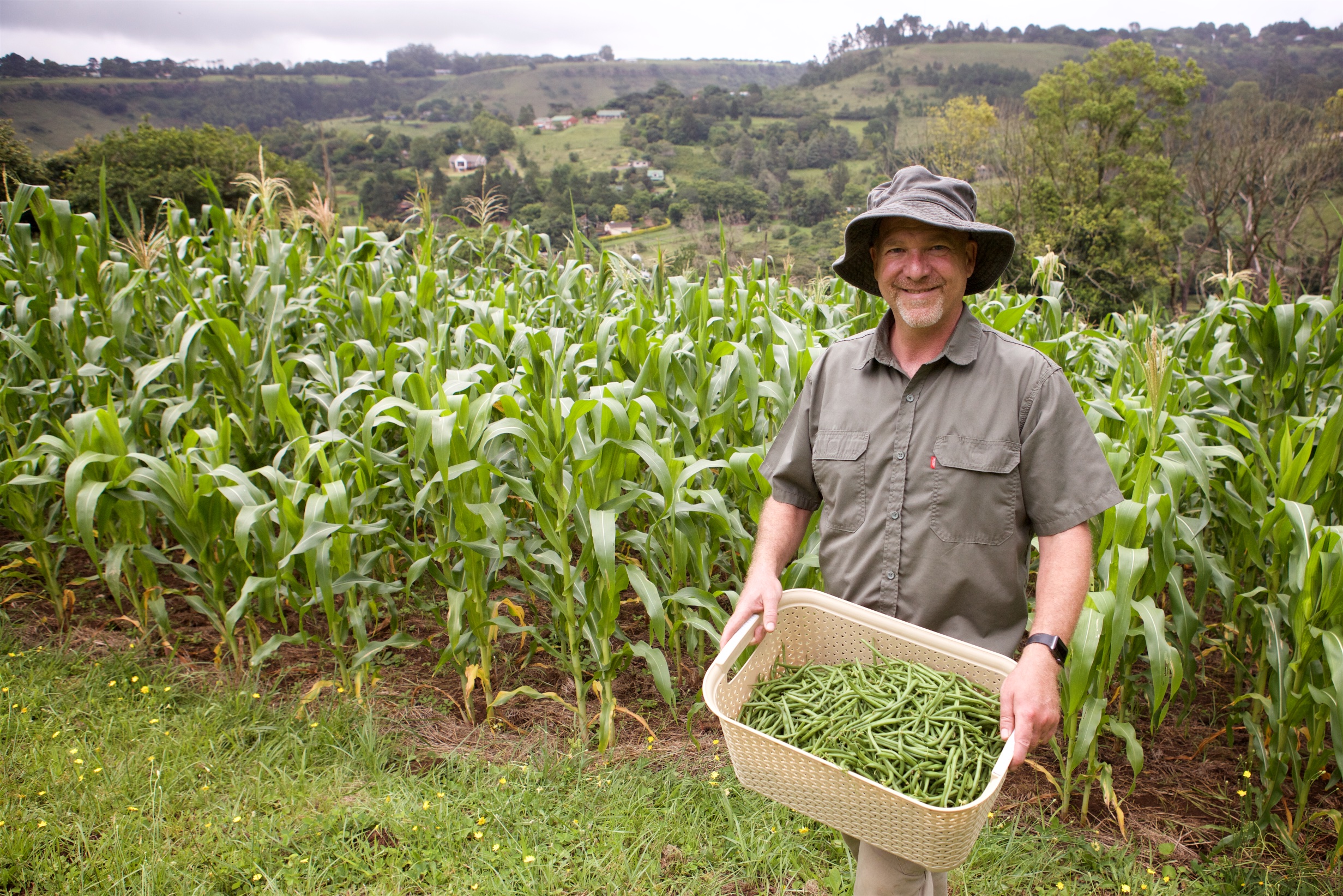
- A pile of corn and beans. The corn and beans have been harvested and are now in a pile. The corn is yellow, and the beans are green.

- A bag of corn and beans. The corn and beans have been packaged in a bag. The bag is labeled "Corn and Beans."
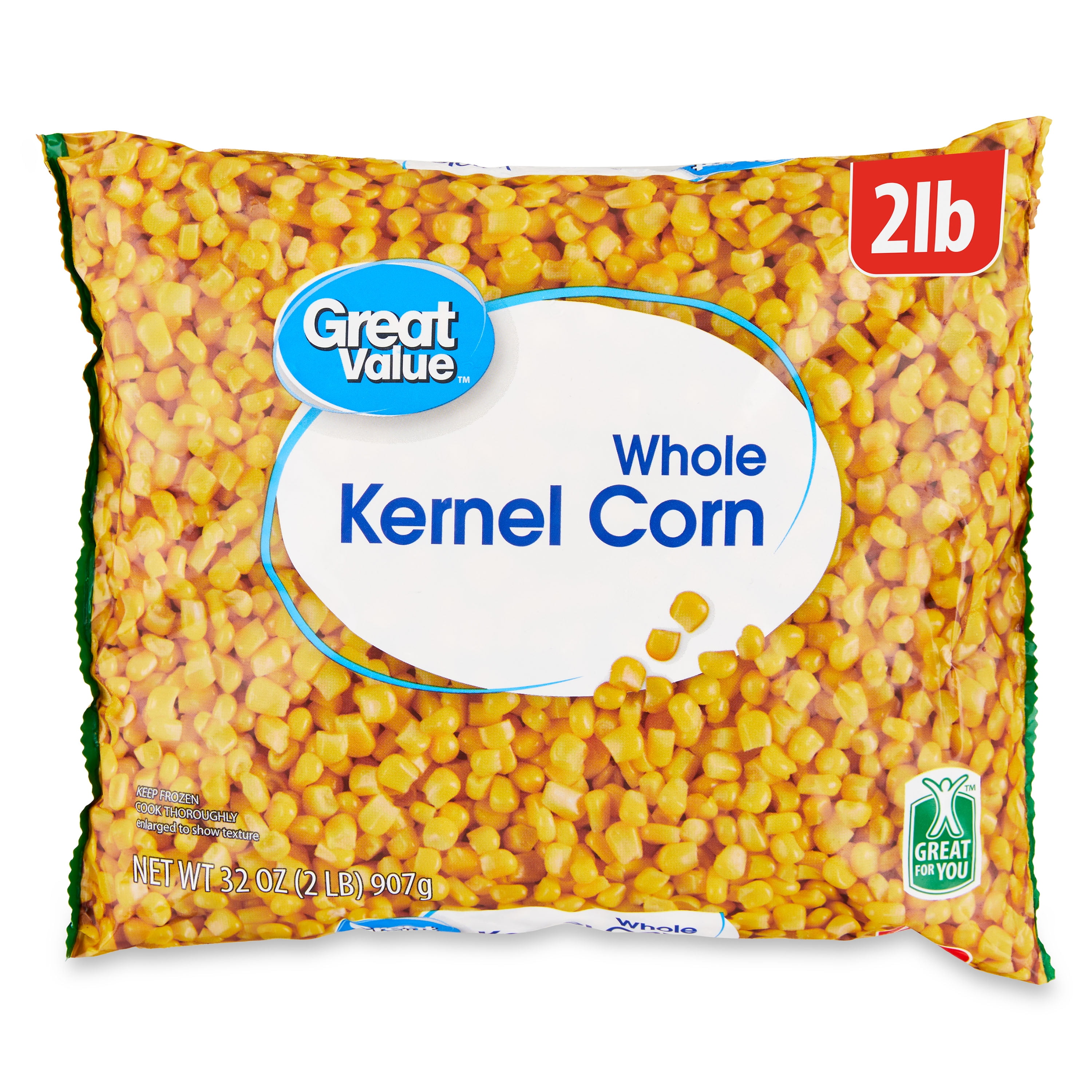
- A bowl of corn and beans. The corn and beans have been cooked and are now in a bowl. The corn is kernels, and the beans are mashed.

- A plate of corn and beans. The corn and beans have been served on a plate. The corn is kernels, and the beans are mashed. The plate is also topped with cheese and sour cream.
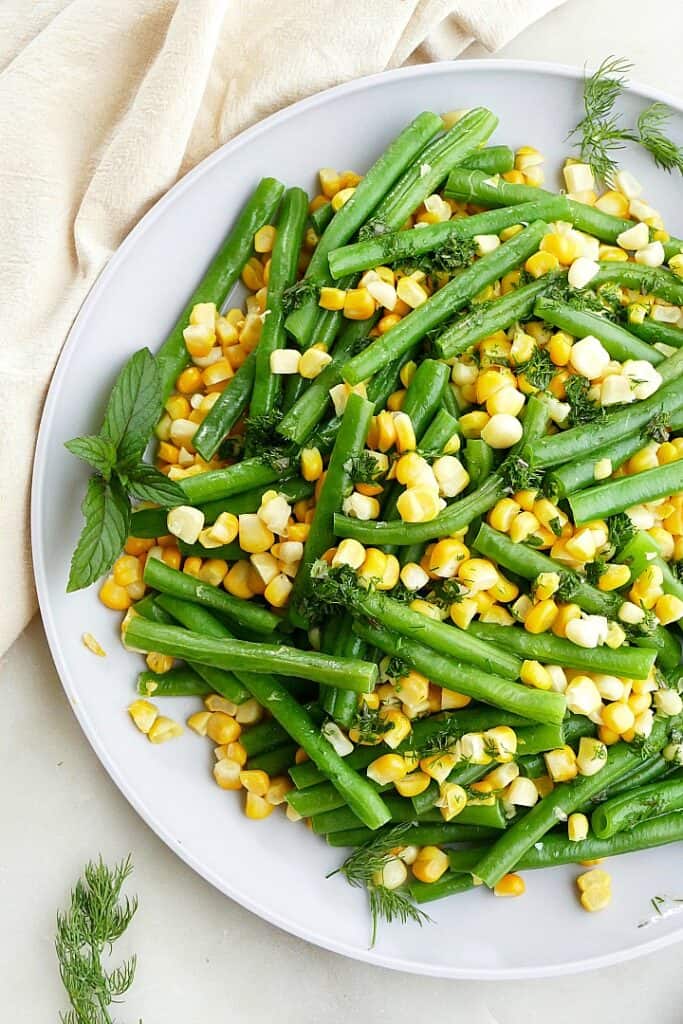
- A corn and bean burrito. The burrito is filled with corn, beans, cheese, and sour cream. The burrito is wrapped in a tortilla.
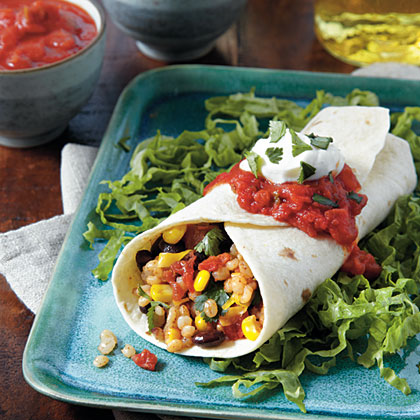
- A corn and bean soup. The soup is made with corn, beans, tomatoes, and other vegetables. The soup is served hot.
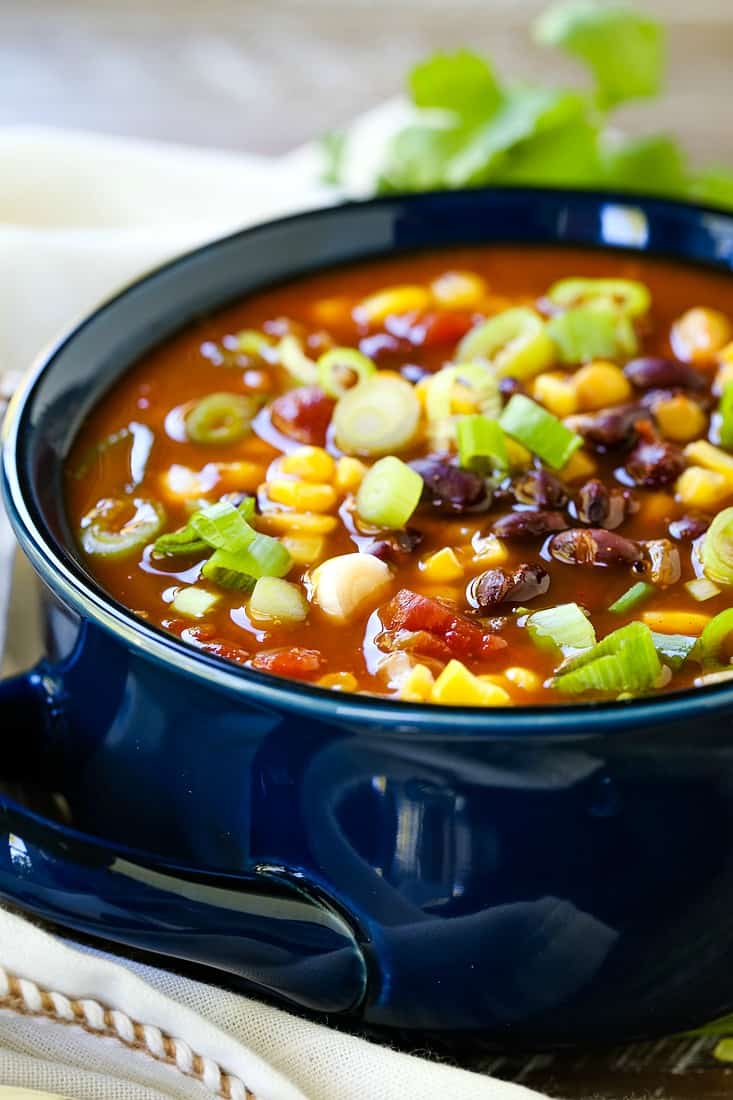
- A corn and bean salad. The salad is made with corn, beans, tomatoes, and other vegetables. The salad is served cold.
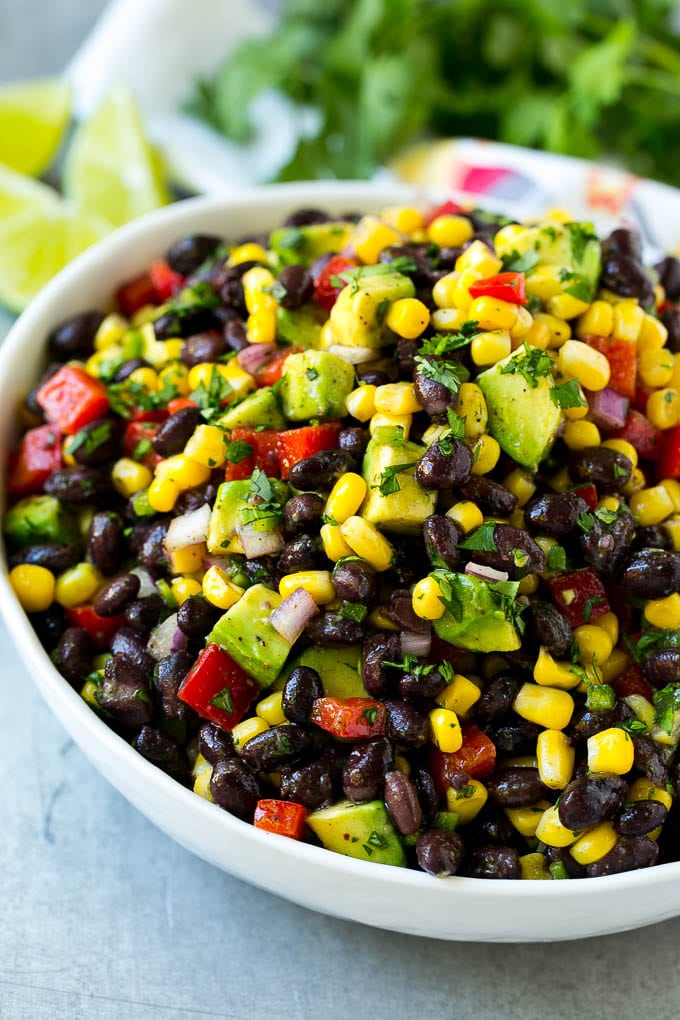
Post a Comment for "Grow A Bountiful Harvest With The Three Sisters"